Ever stared into your cat’s eyes and thought, “You’ve seen things, haven’t you?” Maybe more than you’d expect. The history of cats spans over 10,000 years, but some researchers now believe their story may have started in an unlikely place: Tunisia.
Before scratching posts and snack pouches, they roamed deserts with purpose, perched in temples like royalty, and slinked through mythologies as if they wrote them.
These creatures find their way into our homes and etch themselves into human history with quiet precision. And if anyone domesticated anyone, well… you can probably guess who’s really in charge.
But the origin story is just the beginning. What else lies behind those ancient eyes, and what should every fur parent know beyond the headlines?
Where Did Cats Originate From? New Research Says Tunisia 🌍
Chapter 1. Forget everything you thought you knew about feline origins. The question “Where did cats originate from?” has a fresh, fascinating answer: Tunisia.
According to compelling new research published in 2025, modern domestic cats trace their ancestry not to the Fertile Crescent, as once believed, but to North Africa, specifically Tunisia.
Paleogenomic studies of ancient cat remains from across Europe and the Mediterranean reveal that the domestication of cats occurred later than previously expected and followed cultural trade routes, rather than solely through agriculture.
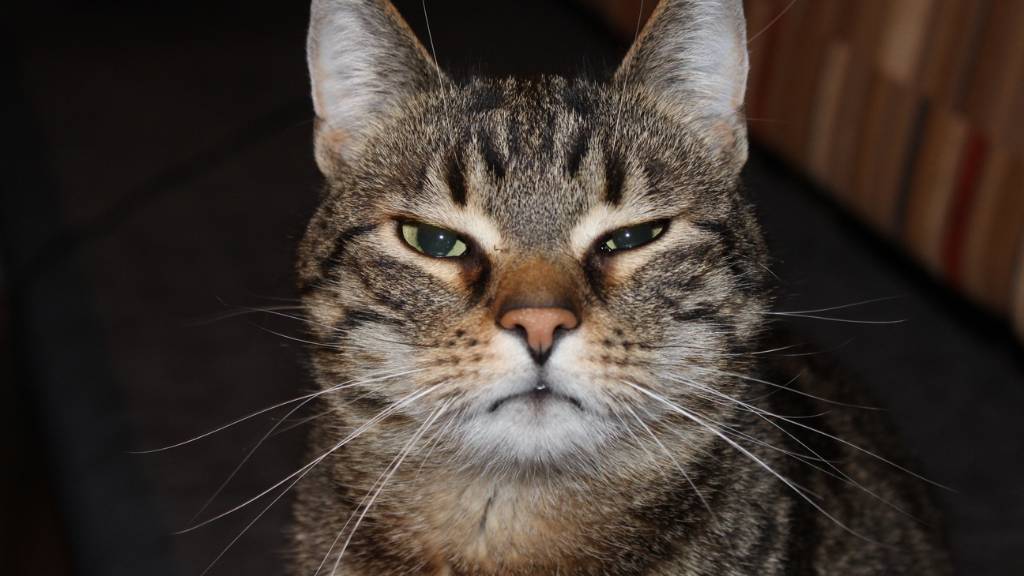
Genetic evidence shows that domestic cats began appearing in Europe around the 1st century CE, with earlier felines often used for fur or food.
These findings reshape our understanding of how cats became domesticated, shifting focus from survival utility to shared culture and symbolism.
Fascinating, yes. However, understanding where cats originated is just one piece of the puzzle. Their journey through empires, fears, migrations, and modern living rooms reveals even more about who they are and what they need from us today.
When Were Cats Domesticated? 🐱
Chapter Two: While Tunisia may hold the origin story, the question of when cats were domesticated opens another equally mesmerizing chapter. And no, it didn’t begin with a cozy nap by the fire.
Archaeologists still debate when cats were first domesticated, but most agree it happened through a mutual understanding. Thousands of years ago, as humans began storing grain, mice followed, and cats followed the mice.
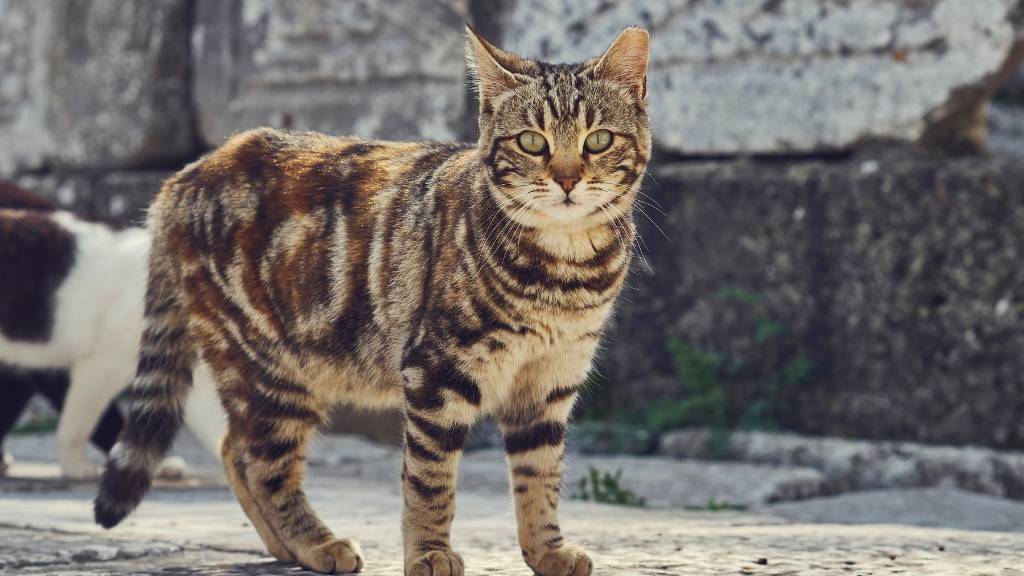
So, how did cats become domesticated? They weren’t trained. They stayed because it worked for them. The barns were warm, the food was plentiful, and the humans weren’t a threat. Over time, tolerance turned into acceptance.
By around 7500 BCE, in regions like Cyprus and the Levant, cats had secured their spot. People valued their presence. They were graceful, efficient, and easy to live with. They earned their place by doing what came naturally, like their fascination with catnip.
As cats spread into different parts of the world, they began to represent more than their function. Cultures assigned them meaning, gave them space in rituals, and even told stories about them. What started in the wheat fields slowly moved into the center of civilization.
History of Domestic Cats 🐈⬛
Chapter Three: The history of domestic cats shifted deeply in ancient Egypt. Here, their presence carried spiritual weight.
It means that the domestication of cats during this time reflected belief systems.
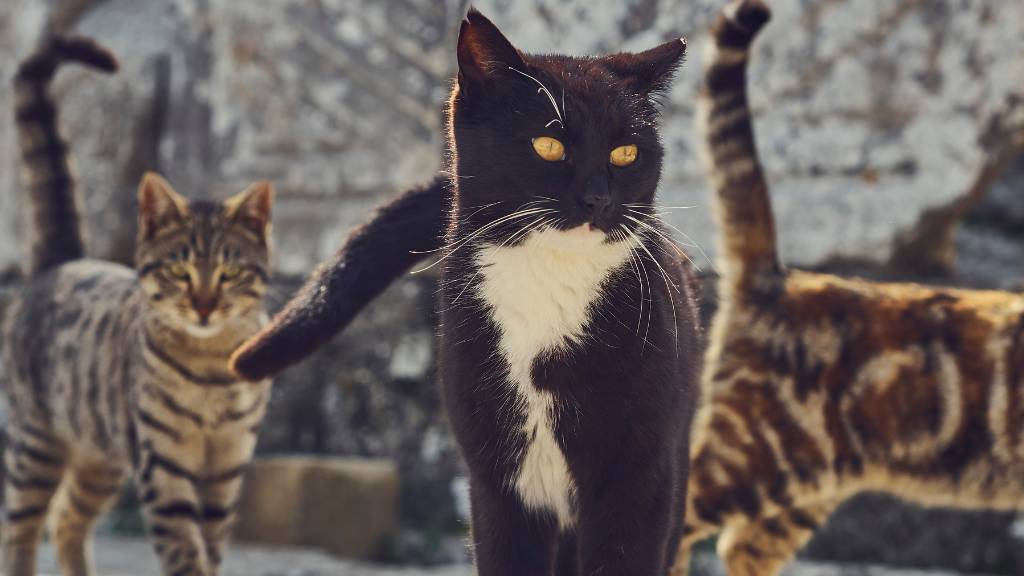
- Egyptians linked cats to gods like Bastet, the goddess of home, fertility, and protection.
- Artistic depictions showed cats beside nobles and pharaohs, often with jewelry or collars.
- Cats lived in homes as family members.
- Killing a cat was a serious offense, often punishable by law
- Some cats were mummified and buried with care, a sign of deep reverence
Cats shaped rituals, protected homes, and carried meaning beyond their physical presence. Their sacred status in Egypt left a legacy that still shapes how we see them today.
Evolution of Cats 🐈
Chapter Four: The evolution of cats is shaped by superstition, survival, and shifting beliefs, especially in medieval Europe, where their reputation changed sharply.
In many regions, cats were no longer seen as sacred or helpful. They became linked to suspicion. Folklore turned them into omens. Some were even associated with witchcraft and punished by fear-driven laws. These perceptions didn’t come from what cats did, but from how people projected meaning onto them.
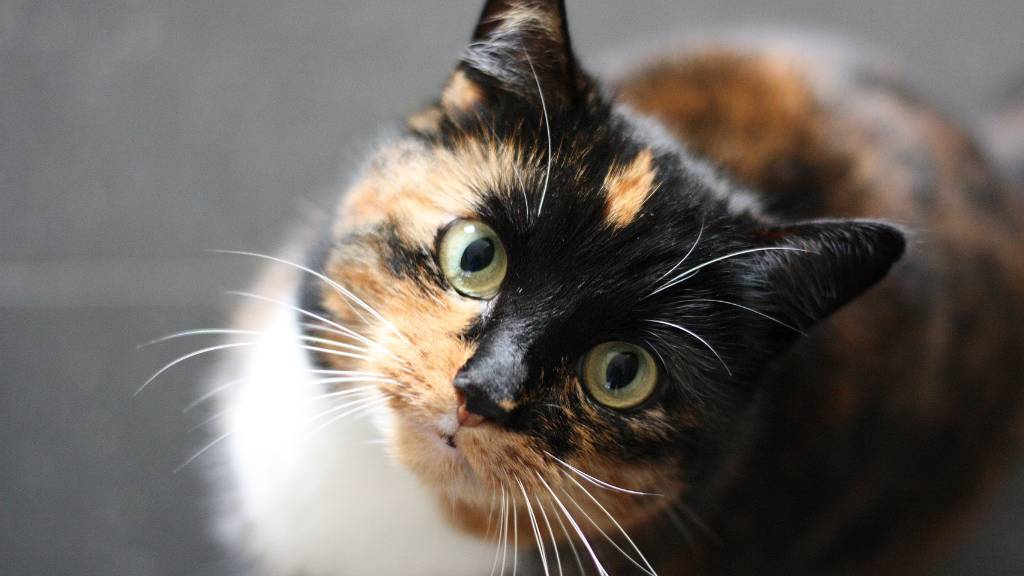
Despite this, cats stayed close. They remained in homes, barns, and city streets. They adapted by doing what they’ve always done: staying alert, staying useful, and staying just far enough out of reach.
So, “Why were cats domesticated in the first place?” The answer depends on time and place. In early farming cultures, they were valued for controlling pests.
In Egypt, they represented protection and presence. In later Europe, even under suspicion, they continued to prove their worth.
- Cats adjusted to human environments without losing their independence
- They thrived in a wide range of climates, cities, and social conditions
- Their roles shifted, but their instincts didn’t
- No matter the setting, they earned their place by observation
Where Did Cats Originate From? 😻
Chapter Five: For years, many scholars believed cats were first domesticated in the Fertile Crescent, alongside early human settlements in the Near East.
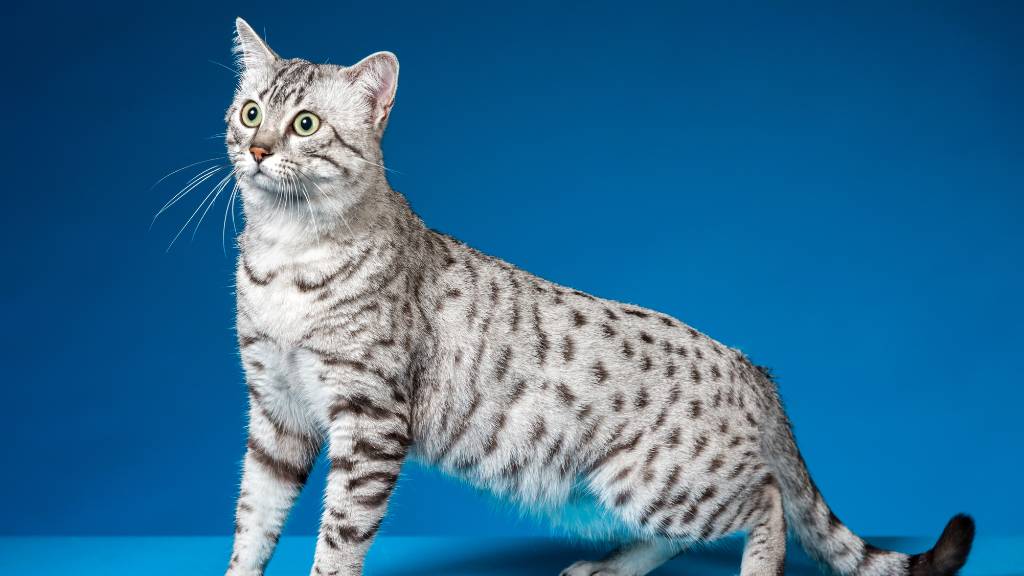
But, noted earlier, new genetic studies from 2025 highlight North Africa, specifically Tunisia, as the likely cradle of domestic cats. Meanwhile, fossils show cats have been around for at least 10,000 years, yet their movements tell a much broader story:
- Early wildcats (Felis lybica) lived across Africa and parts of the Middle East
- Cats spread into Europe by the 1st century CE, not earlier, as once thought
- Their presence in Asia and beyond followed trade routes, ships, and human migration
- DNA studies reveal that ancient Egyptian and Tunisian cats contributed most to modern breeds
To understand where cats originated from, we have to look at both the wildcat populations and the human cultures that welcomed them.
Cats traveled with merchants, priests, explorers, and settlers. They adjusted to ports, palaces, and peasant homes alike. Their global spread followed people who found them valuable, adaptable, and worth keeping close.
So, how long have cats been around? In terms of evolutionary history, millions of years. In terms of human partnership, about 10,000. But in the timeline of pet companionship, cats arrived in their own way and stayed, with many breeds now known for their long lifespan and resilience.
History of Cats: Timeline 😺
Chapter Six: Over thousands of years, they’ve moved from open fields to family beds because they chose to fit into our lives on their terms.
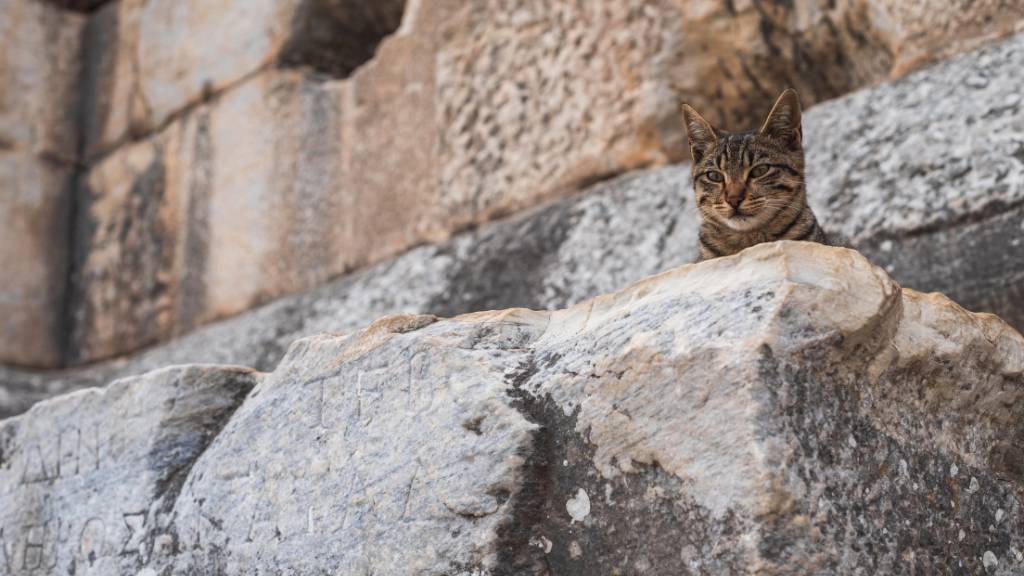
This quick history of cats shows how they evolved across time and place:
- 10,000+ years ago: Wildcats appear in African and Middle Eastern regions
- 7500 BCE: Early signs of human-cat relationships in places like Cyprus
- Ancient Egypt: Cats are worshipped, named, and even buried with their owners
- Classical Rome: Cats spread across Europe via trade and shipping routes
- Middle Ages: Periods of fear and persecution. Cats become symbols in folklore
- Renaissance to 1800s: Cats regain popularity, especially in rural households
- Modern era: Cats become indoor companions, cultural icons, and social media stars
Why the History of Cats Still Matters 🙀😺
Epilogue: The history of cats helps explain the small behaviors we see today. That stare from across the room. The quiet pacing. The affection offered when it suits them says a lot about how cats see humans. These habits reach back thousands of years.
The domestication of cats was not bred to obey or serve. They lived alongside us by choice. Moreover, their presence in our homes came through observation.
Even now, their instincts reflect the long evolution of cats through deserts, temples, and sea voyages. A flick of the tail or a pause before sitting beside you carries traces of their past. They are familiar but still unknowable.
If you’re looking to welcome a cat into your life, American Paws Club connects you with trusted, verified breeders who understand that heritage.
Frequently Asked Questions
When were cats domesticated?
Cats were likely domesticated around 7500 BCE in early farming communities in the Middle East and North Africa. Their domestication happened gradually as they began living near humans for access to food and shelter.
Where did domestic cats originate from?
Recent genetic research suggests that Tunisia and parts of North Africa are the primary origins of modern domestic cats, rather than the traditionally believed Fertile Crescent region.
Why were cats domesticated?
Cats were domesticated for their natural ability to control pests, such as rodents, especially in grain-storing societies. Over time, their symbolic and emotional presence also became part of their value.
How did cats become domesticated?
Cats were not domesticated through training. They integrated into human life through observation and mutual benefit. Humans appreciated their pest control, and cats appreciated the stable food source.
What is the timeline of cat domestication?
- Wildcat-human coexistence began around 10,000 years ago
- Evidence of domestication appears by 7500 BCE
- Ancient Egypt elevated cats as sacred animals
- Cats spread into Europe by the 1st century CE
- Domesticated cats appear in most global cultures by the modern era
Are today’s cats fully domesticated?
Yes, but they retain many behaviors of their wild ancestors. While cats today are accustomed to human homes, their independence, hunting instincts, and selective affection reflect their evolutionary past.
What does the history of cats tell us about them today?
The history of cats reveals why they act with independence, observe silently, and choose their moments. Their relationship with humans has always been on their terms, shaped more by choice than by control.


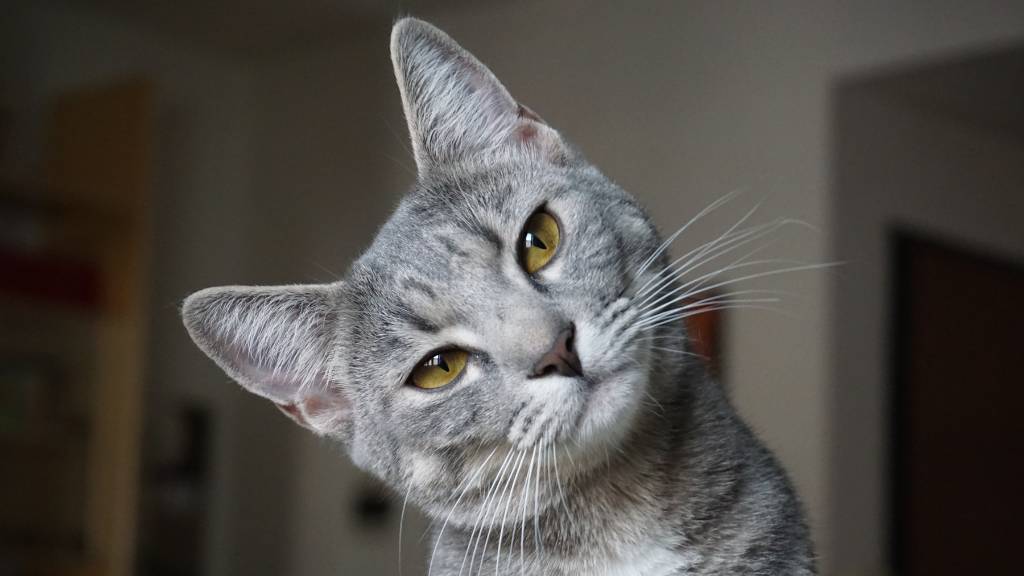
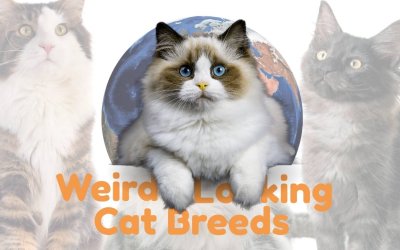

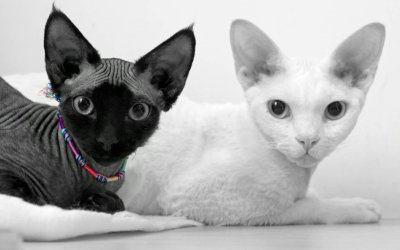
0 Comments